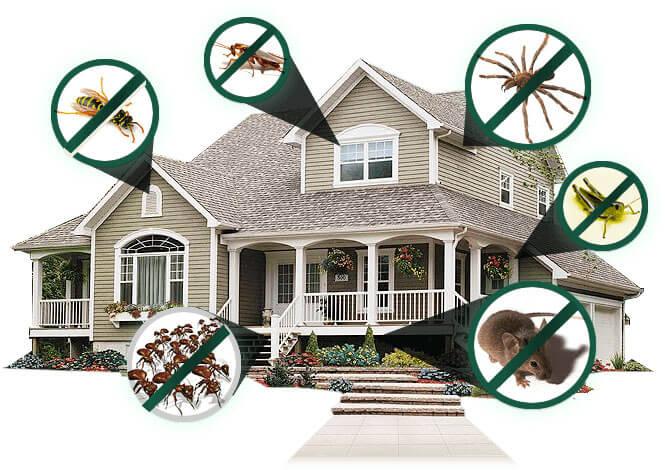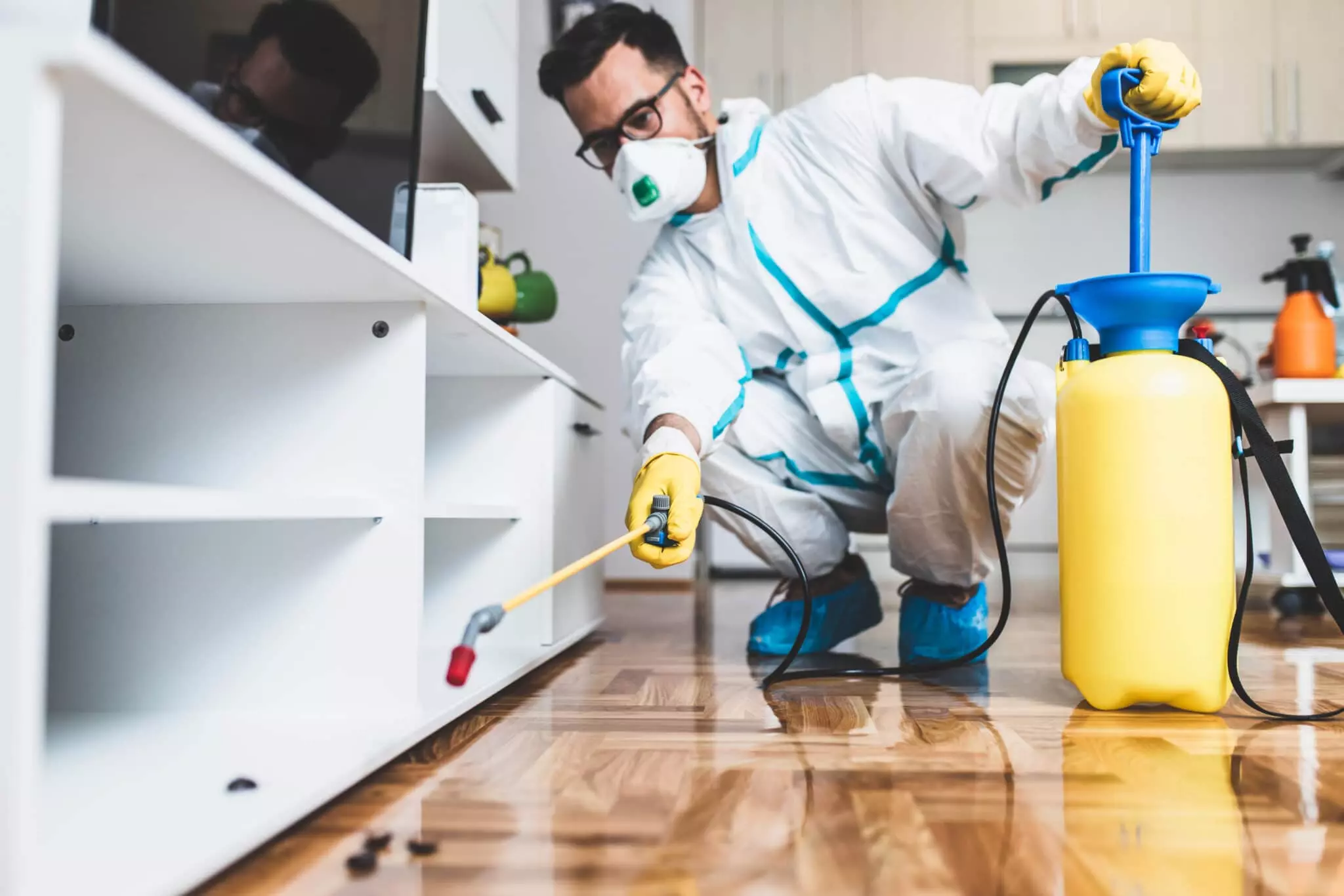Expert A1 Charlotte Bed Bug Exterminator - Top Quality Service Guaranteed
Expert A1 Charlotte Bed Bug Exterminator - Top Quality Service Guaranteed
Blog Article
Bed Bug Therapy Malfunction: Comparing Chemical Vs. Non-Chemical Solutions
In the world of bug control, especially when dealing with the relentless problem of bed insects, the option in between chemical and non-chemical treatment options can be an essential one. Both methods supply unique advantages and downsides, affecting factors such as performance, safety factors to consider, and general cost. By checking out the nuanced information of each method, a more clear understanding of which course to seek in addressing a bed bug invasion can be achieved.
Performance of Chemical Treatments
Chemical therapies for bed pest infestations have been extensively identified for their potent and fast effectiveness in getting rid of these bugs. When taking into consideration the performance of chemical therapies, it is critical to comprehend that they can supply a complete and fast solution to a bed insect issue.
In addition, chemical treatments have the advantage of providing recurring impacts, suggesting that they can remain to eliminate bed pests also after the first application. This recurring activity is particularly advantageous in combating any potential re-infestations. Additionally, the rapid action of chemical treatments can bring alleviation to individuals facing extreme bed insect infestations, permitting them to reclaim control of their home swiftly.
Safety And Security Issues With Chemical Solutions
One vital facet that needs mindful consideration when utilizing chemical remedies for bed pest treatment is making sure the safety and security of occupants and the atmosphere. Exposure to specific chemicals made use of in bed bug therapies can lead to respiratory system issues, skin irritation, or various other adverse responses, particularly in individuals with pre-existing conditions or sensitivities.
Moreover, the environmental impact of chemical services is an additional considerable factor to consider. Some pesticides used in bed bug treatments may be harmful to helpful bugs, wildlife, and ecosystems if they leach into the soil or water systems. It is necessary to use chemical treatments deliberately, adhering to safety guidelines, and considering less toxic choices to reduce these dangers and make certain the effective and risk-free monitoring of bed pest infestations.
Benefits of Non-Chemical Approaches
Thinking about the prospective security problems and environmental impact connected with chemical services for bed insect treatment, exploring non-chemical approaches presents an appealing alternative with a number of distinct benefits. Non-chemical treatments are ecologically friendly, as they do not add to air or water pollution, making them a lasting option for pest control.
Furthermore, non-chemical remedies can be efficient in targeting bed insects, including hard-to-reach areas where chemical therapies might not pass through. Techniques such as heat therapy, vacuuming, steam cleaning, and cushion encasements give comprehensive eradication without using hazardous chemicals. Furthermore, non-chemical techniques can be much less disruptive, needing marginal prep work and enabling quicker reentry right into treated locations. Overall, going with non-chemical bed pest therapy approaches not only focuses on safety and environmental management however likewise makes sure detailed and efficient bug control.
Limitations of Non-Chemical Treatments

Additionally, non-chemical therapies commonly require numerous applications to attain effective removal. This can be taxing and may not always ensure complete elimination of all bed bugs and their eggs, specifically in hard-to-reach or surprise areas.
Additionally, the success of non-chemical therapies heavily counts on correct implementation and thoroughness, which can be testing for people without professional know-how. Poor application of non-chemical methods may cause insufficient eradication, bring about consistent problems and the need for added therapies.
For that reason, while non-chemical treatments have their benefits, it is crucial to acknowledge these limitations and consider them when determining the most reliable approach for managing bed bug problems.
Expense Comparison: Chemical Vs. Non-Chemical Options
Provided the constraints linked with non-chemical treatments, a necessary element to evaluate in the context of bed insect monitoring is the cost contrast between chemical and non-chemical options. Chemical treatments typically involve the application of pesticides by professionals, which can range from $250 to $900 per space, relying my response on the intensity of the infestation and the dimension of the area to be dealt with. On the other hand, non-chemical therapies like warm therapy or vapor can be much more pricey, with costs ranging from $1,000 to $6,000 for an entire home. While the preliminary price of chemical therapies may appear reduced, numerous treatments might be needed to completely remove the problem, possibly enhancing the overall price. On the various other hand, non-chemical choices might provide a more environment-friendly and lasting option, although they can be cost-prohibitive for some individuals. Inevitably, when taking into consideration the expense of bed pest treatment alternatives, it is crucial to weigh the ahead of time costs against the efficiency and long-term sustainability of the chosen technique.
Conclusion

Thinking about the possible safety and security issues and ecological impact connected with chemical solutions for bed pest therapy, exploring non-chemical strategies provides an appealing alternative with numerous unique benefits.Provided the restrictions linked with non-chemical therapies, a crucial aspect to examine in the context of bed pest management is the price comparison between annual pest control chemical and non-chemical options. In contrast, non-chemical therapies like warm treatment or vapor can be a lot more costly, with costs varying from $1,000 to $6,000 for an entire home. While the initial cost of chemical treatments may appear lower, several treatments might be called for to fully eliminate the infestation, possibly raising the overall cost.In final thought, when contrasting chemical and non-chemical bed pest therapy alternatives, it is vital to think about efficiency, security, advantages, constraints, and price.
Report this page